Innovations in Technology
Innovations in Technology
Technological innovations have transformed the way we live, work, and communicate. Here are some of the key advancements that have significantly impacted our world:
The Printing Press
Invented by Johannes Gutenberg in the mid-15th century, the printing press revolutionized the way information was disseminated. It allowed for the mass production of books, making knowledge more accessible and affordable. This innovation played a crucial role in the spread of the Renaissance, Reformation, and the Scientific Revolution.
 Description: A replica of Gutenberg’s printing press, showcasing the mechanics of movable type.
Description: A replica of Gutenberg’s printing press, showcasing the mechanics of movable type.
The Steam Engine
Developed by James Watt in the 18th century, the steam engine was a driving force behind the Industrial Revolution. It powered factories, ships, and locomotives, facilitating mass production and transportation.
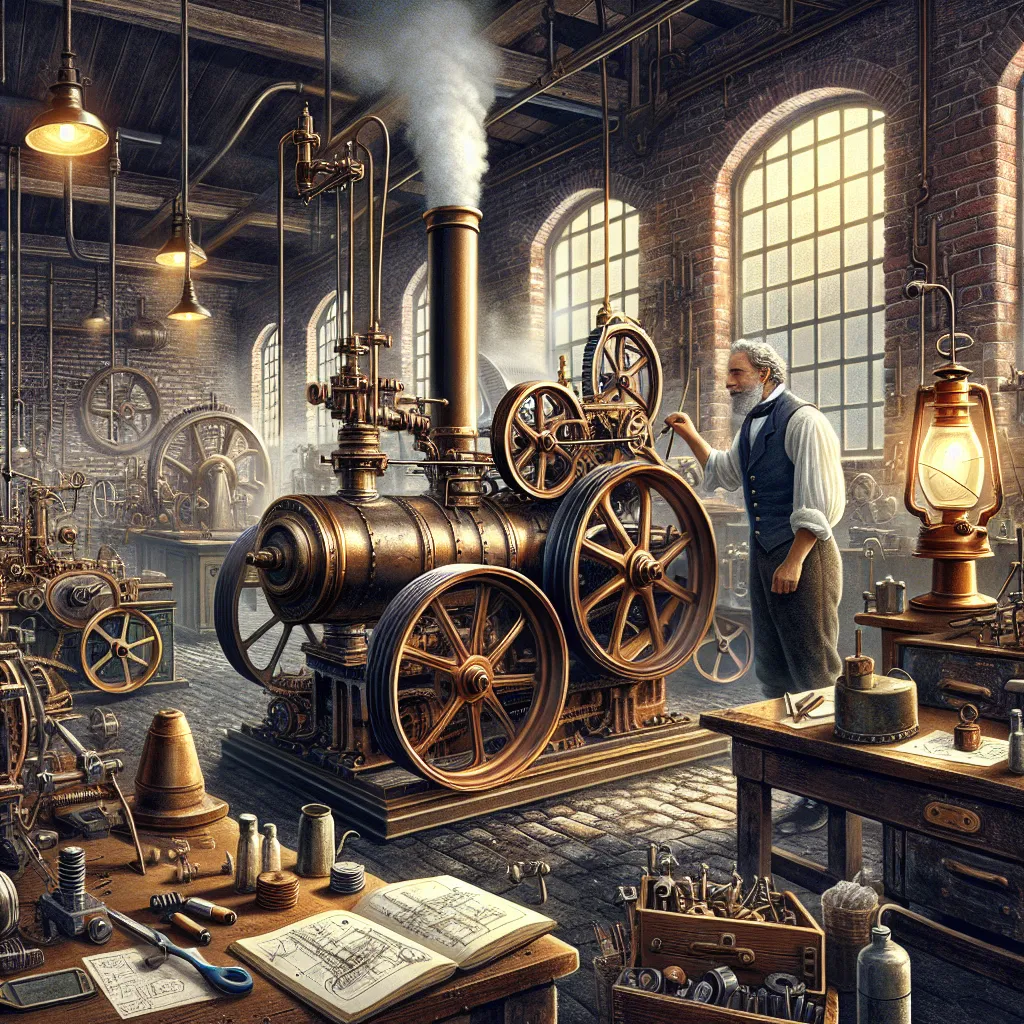 Description: An early steam engine, a key invention that powered the Industrial Revolution.
Description: An early steam engine, a key invention that powered the Industrial Revolution.
The Telephone
Invented by Alexander Graham Bell in 1876, the telephone revolutionized communication. It allowed people to talk to each other over long distances instantly, paving the way for the global communication network we have today.
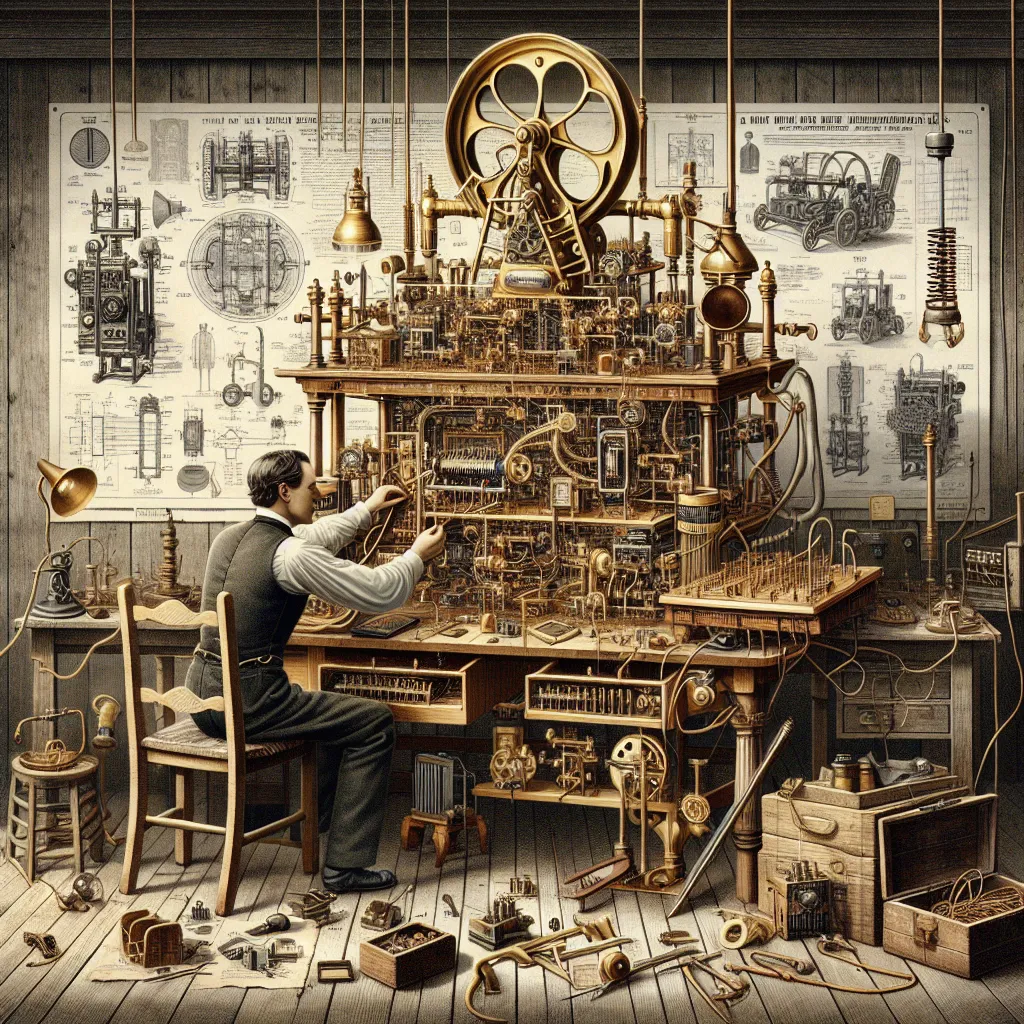 Description: An early model of Alexander Graham Bell’s telephone, a groundbreaking communication device.
Description: An early model of Alexander Graham Bell’s telephone, a groundbreaking communication device.
The Light Bulb
Thomas Edison’s invention of the practical incandescent light bulb in 1879 brought electric lighting to homes and businesses. This innovation extended the workday and improved the quality of life by providing a reliable and safe source of light.
 Description: One of Thomas Edison’s early light bulbs, which provided a long-lasting source of light.
Description: One of Thomas Edison’s early light bulbs, which provided a long-lasting source of light.
The Automobile
Henry Ford’s introduction of the Model T in 1908 revolutionized personal transportation. His assembly line production method made cars affordable for the average person, transforming society and the economy.
 Description: The Ford Model T, an affordable car that transformed personal transportation.
Description: The Ford Model T, an affordable car that transformed personal transportation.
The Airplane
The Wright brothers, Orville and Wilbur, achieved the first powered flight in 1903. This innovation opened the skies to travel and trade, connecting the world in unprecedented ways.
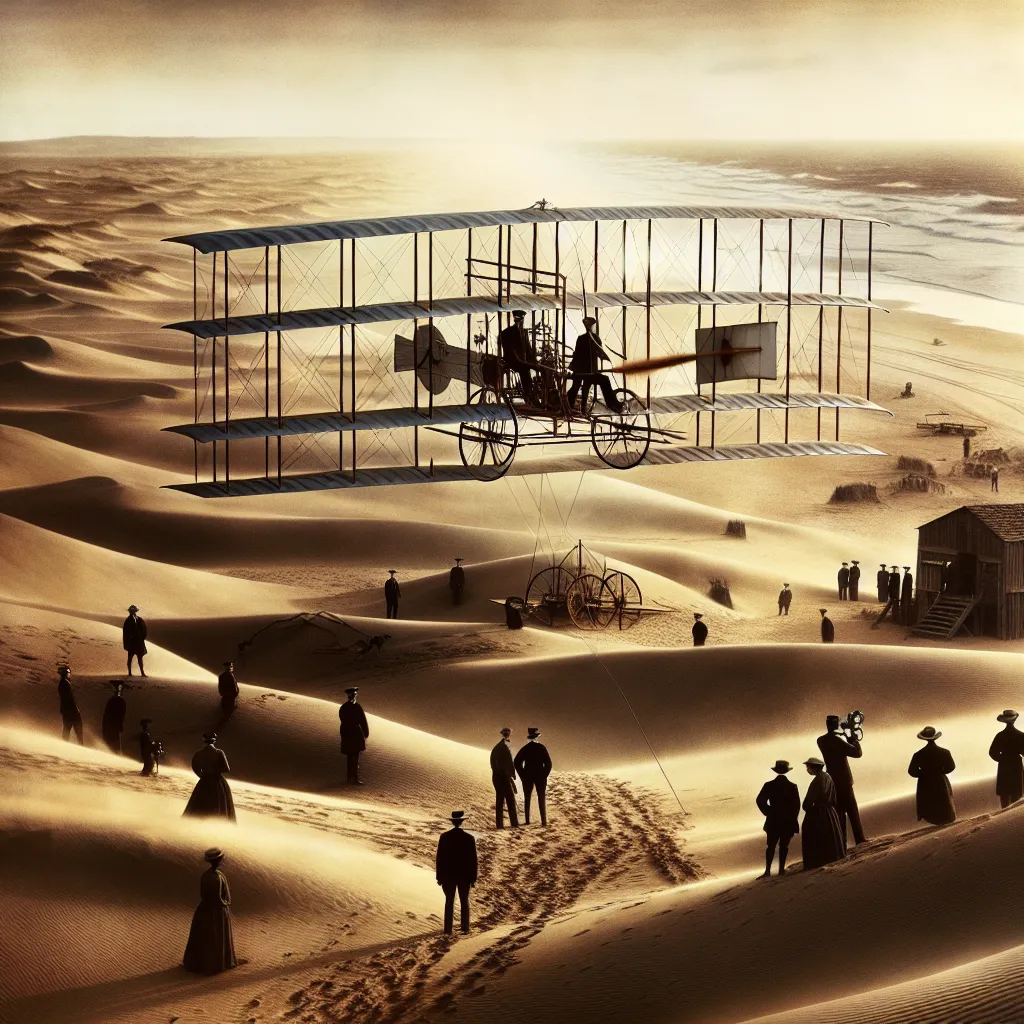 Description: The Wright Flyer, the first successful powered airplane.
Description: The Wright Flyer, the first successful powered airplane.
The Computer
The development of electronic computers in the mid-20th century, such as the ENIAC, revolutionized data processing and computation. Computers have since become integral to nearly every aspect of modern life, from business and healthcare to entertainment and education.
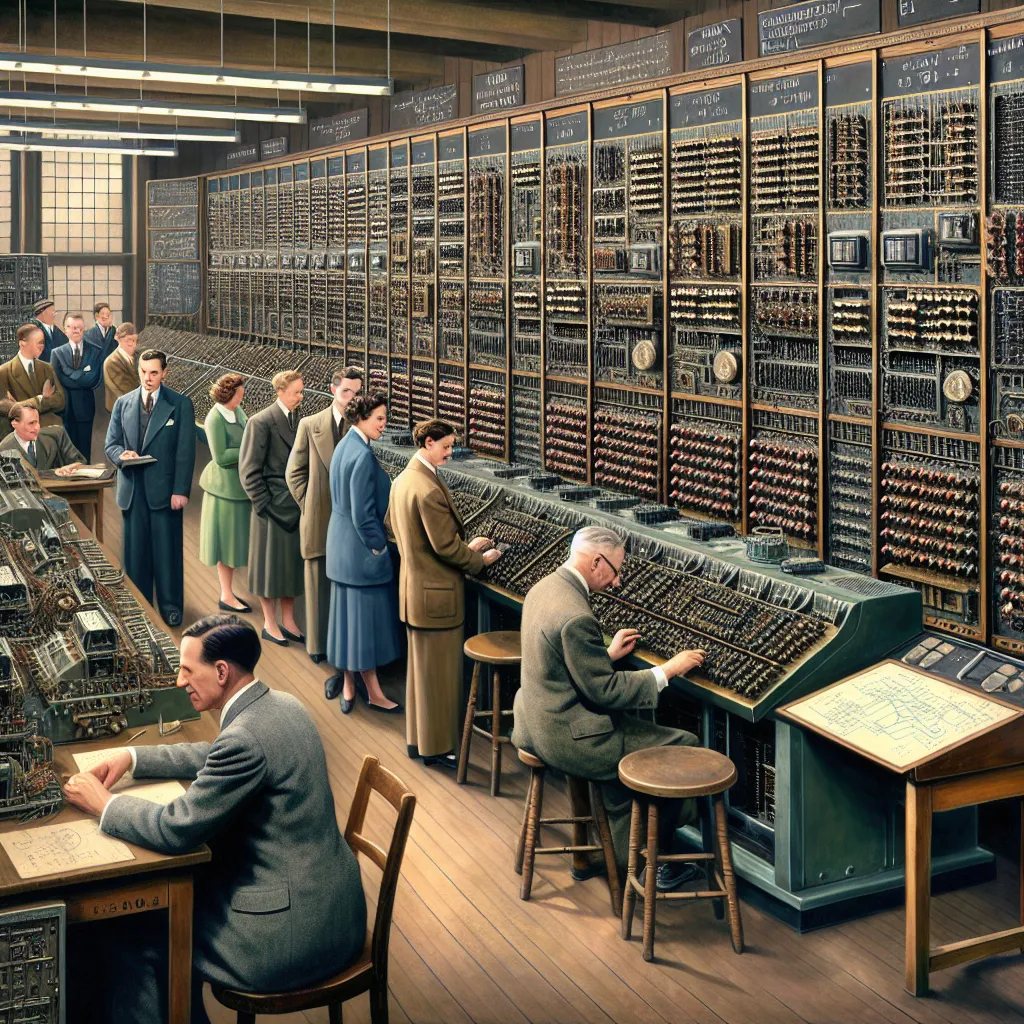 Description: The ENIAC, one of the earliest electronic general-purpose computers.
Description: The ENIAC, one of the earliest electronic general-purpose computers.
The Internet
The creation of the internet in the late 20th century transformed communication, commerce, and access to information. It has connected billions of people worldwide and has become the backbone of the modern digital age.
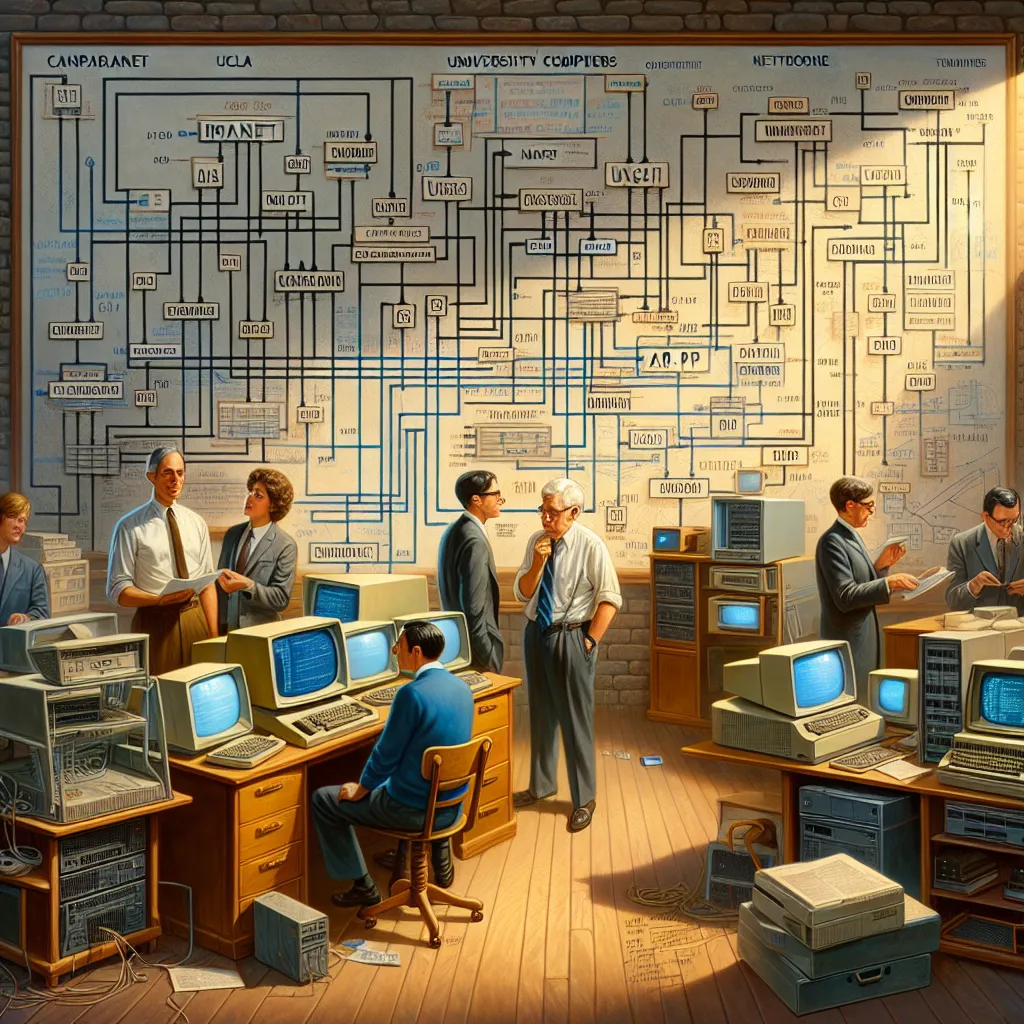 Description: A diagram of the early internet, illustrating its interconnected networks.
Description: A diagram of the early internet, illustrating its interconnected networks.
The Smartphone
The introduction of the iPhone by Apple in 2007 revolutionized mobile computing and communication. Smartphones have integrated various technologies, including computing, communication, and multimedia, into a single device, changing the way we interact with the world.
 Description: The first generation iPhone, which revolutionized mobile computing.
Description: The first generation iPhone, which revolutionized mobile computing.
Further Reading
For more detailed information on technological innovations, you can explore the following resources: